After harvesting crops or celebrating Tet, two families in two villages, two communes... often have the custom of visiting each other. The purpose of the visit is to help both sides understand the circumstances, economic development , and raising children between the two families, the two paternal and maternal lines... This is also an opportunity to reconcile if there are conflicts or disagreements between the two families; thereby, encouraging and reminding the children of both sides to unite, love, care for, and help each other.
After the harvest season, when the granaries are full of rice, people can take some out to exchange, visit relatives, and get married. Women pound rice and raise pigs to have food ready to give to the people.
Traditionally, to prepare to visit their daughter and son-in-law, the bride's parents steam sticky rice in a basket, then wrap it in 3-5 square banana leaf packages and about 20-30 small triangular packages. When finished, they put them in a basket; wrap fish and frogs and bring all these things to visit the in-laws' house. The son-in-law receives from the bride's parents cloth, mats made by the ethnic people or flower mats made by the Kinh people...
Fathers and mothers receive from their daughters and sons-in-law things like wine bottles, trousers, shirts, mats, stone necklaces, gongs, buffaloes, cows, money, gold, etc. Men give gifts to their wives’ relatives, women give gifts to their husbands’ relatives. If the people harvest corn and cucumbers, they divide and give each family a little, about 2 or 3 fruits.
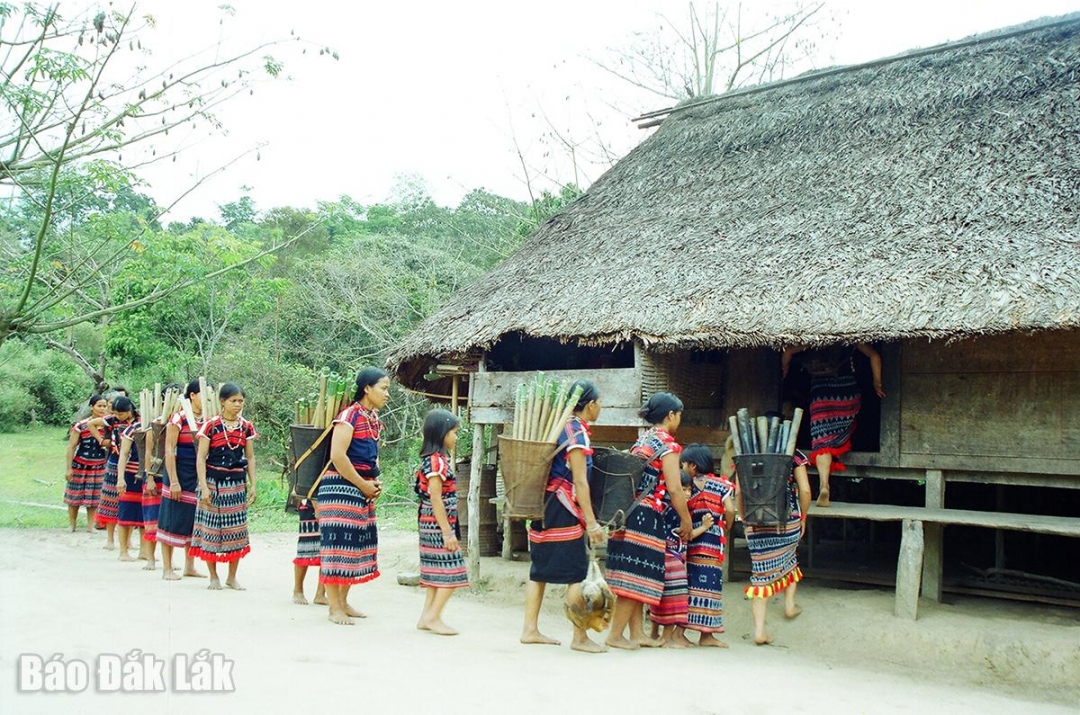 |
| The bride's family carries bamboo-tube rice to give to the groom's family at the Co Tu wedding ceremony. |
For the people of the highlands, firewood is extremely important in life. Every house has a stove (rò pang) or a firewood storage room to ensure a year-round supply of fuel. They highly value the fire and consider it a god that protects and shelters the family and community.
Fireplaces are not only used to cook food, preserve food, and process food, but also help preserve seeds for the next season, keep warm in the cold winter, and protect materials in the house from damage by insects and the ravages of time. Because firewood is considered precious, it is also chosen as a gift, especially to in-laws, which the Co Tu people call dáo oói.
During Tet, the bride's family goes into the forest to collect firewood to visit and give to the groom's family. The firewood is usually fresh, chopped into small, even pieces, and looks attractive. They choose types of wood that have good charcoal and burn easily, such as rambutan, sen... Depending on the conditions of each family, if they are well-off, they give more than 30 bundles, if they are poor, they give less.
The groom's family receives the firewood and neatly arranges it to dry on their kitchen racks to cook and give a portion to their brothers. The groom's family prepares meals, wine, and a few items to give back to the bride's family such as jars, vases, flower mats, cups, bowls, etc.
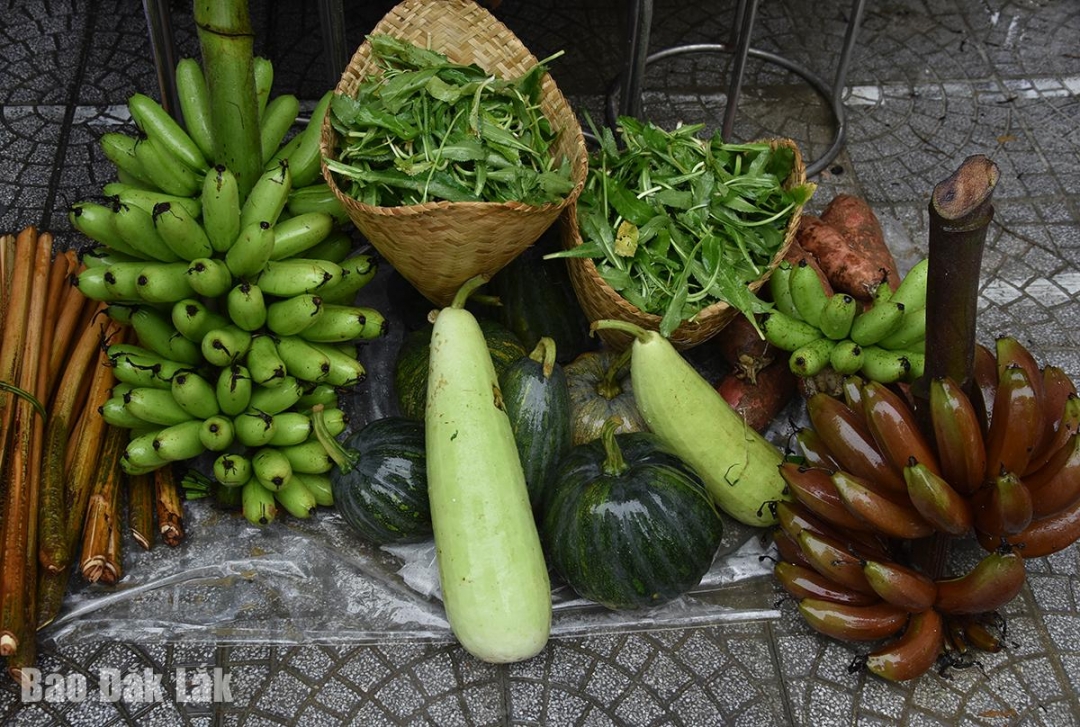 |
| Agricultural products from slash-and-burn cultivation are one of the mutual gifts of the Co Tu people. |
The gifts given to each other by both families are not forced in quantity, nor do they compare how much one has and how little one has, but depend on the conditions of each family. The gifts given by the two families are divided among the relatives of each family. If the groom's family can afford to slaughter a pig or cow, the bride's family always leaves a good portion of the meat to give to the bride's village.
On the contrary, the groom's family also left a portion of fish, chicken, and sticky rice for the groom's village. This is a very humane cultural feature that shows sharing, as a deep gratitude to the communities of the two villages that created conditions to help both families.
The meat is divided equally among the villagers, the elderly, the unborn and the unfortunate who have passed away within 6 months as a way to share, encourage and help each other so that the friendship between the villagers becomes more beautiful and stronger. If the village is close by, they visit each other two or three times a year, if the village is far away, they visit each other every few years.
Source: https://baodaklak.vn/van-hoa-du-lich-van-hoc-nghe-thuat/202504/tuc-tham-vieng-cua-nguoi-co-tu-7b5183d/


![[Photo] More than 17,000 candidates participate in the 2025 SPT Competency Assessment Test of Hanoi National University of Education](https://vphoto.vietnam.vn/thumb/1200x675/vietnam/resource/IMAGE/2025/5/17/e538d9a1636c407cbb211b314e6303fd)


![[Photo] National conference to disseminate and implement Resolution No. 66-NQ/TW and Resolution No. 68-NQ/TW of the Politburo](https://vphoto.vietnam.vn/thumb/1200x675/vietnam/resource/IMAGE/2025/5/18/adf666b9303a4213998b395b05234b6a)

![[Photo] Prime Minister Pham Minh Chinh chairs meeting on science and technology development](https://vphoto.vietnam.vn/thumb/1200x675/vietnam/resource/IMAGE/2025/5/17/ae80dd74c384439789b12013c738a045)
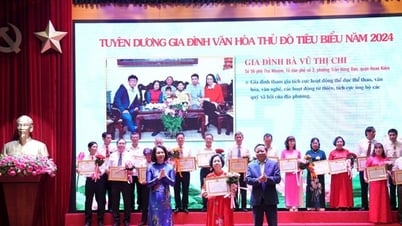

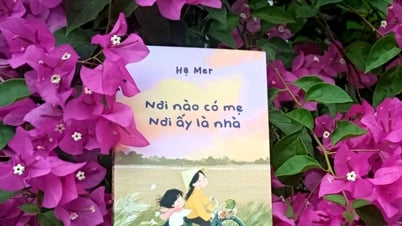

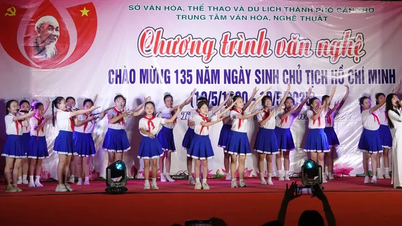

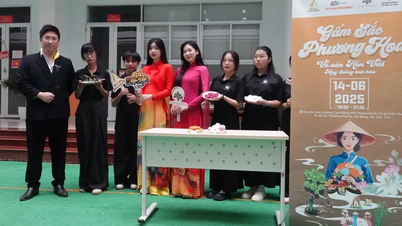







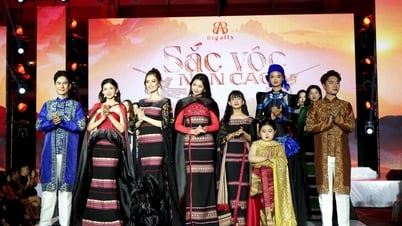
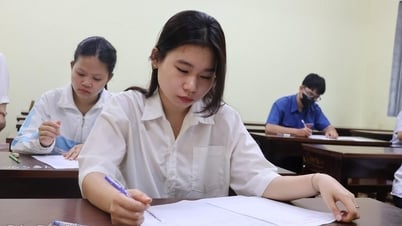
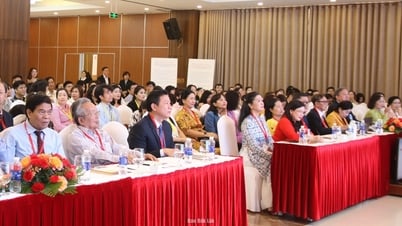
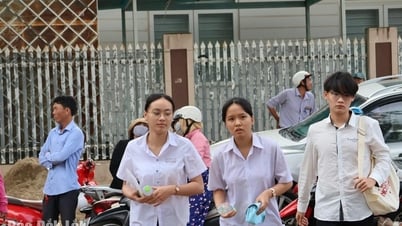
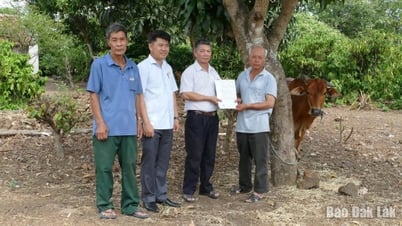
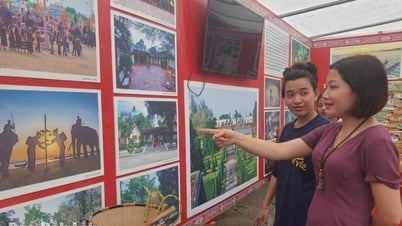
![[Photo] Readers line up to visit the photo exhibition and receive a special publication commemorating the 135th birthday of President Ho Chi Minh at Nhan Dan Newspaper](https://vphoto.vietnam.vn/thumb/1200x675/vietnam/resource/IMAGE/2025/5/17/85b3197fc6bd43e6a9ee4db15101005b)


















































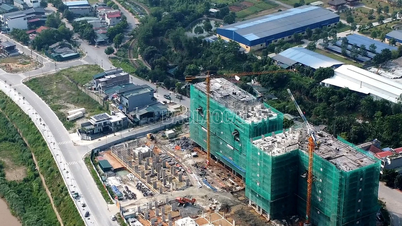



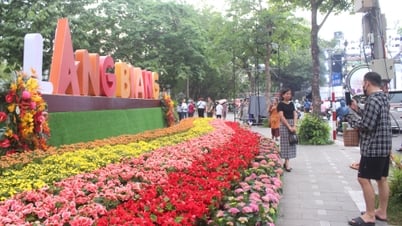

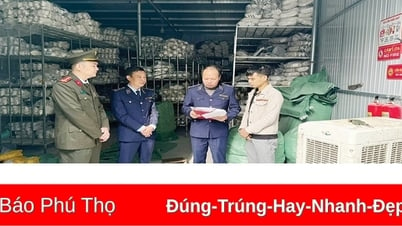


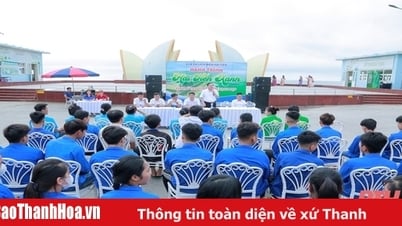










Comment (0)